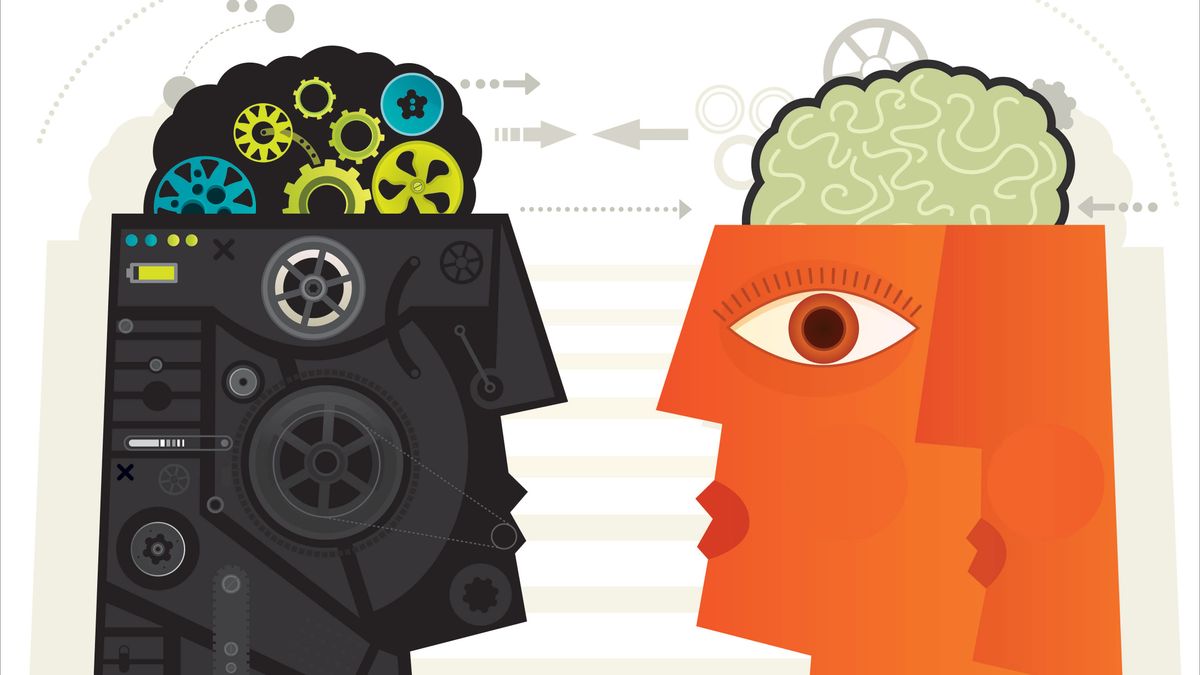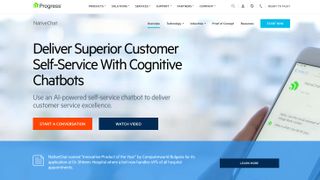Chatbots: what you need to know
Intelligent chatbots can make life easier for front end users and developers.

No one really likes the traditional line-of-business applications – neither the end-users nor the developers. The reason behind that is called ‘fixed screens’. Think about the user experience when you do simple things like booking a meeting within a traditional fixed-screen application today – you have to input the names of all attendees, choose a room, select start and end time, etc.
Ask yourself how natural it feels to go through all these steps? Probably the interaction with the computer isn’t very natural because the UI defines its flow and it feels like a compromised user experience that we are all now used to.
At the same time, developers have to spend a lot of time building every single one of those ‘fixed screens’ and then update them to reflect the constantly changing business requirements. Intelligent chatbots are changing that.
If you want to save time when creating a site, a website builder will help. And if you've got a lot of design files to store, be sure to upgrade your cloud storage.
Now we can interact with computers in a close-to-human way that enables the UI to follow the conversation.
Vesko Kolev
The increased availability of data and cognitive machine learning capabilities are enabling the intelligent chatbots to bring the interaction between humans and computers to a whole new level that hasn’t been possible before. Now we can interact with computers in a close-to-human way that enables the UI to follow the conversation.
So what does this mean in reality for developers and end users?
For consumers, they are going to see a far more enjoyable, seamless and natural interaction with chatbots. Rather than having to ask exact questions or follow a fixed path, they will be able to speak naturally and jump around with their requests in much the same way they would if talking to another human.
Get the Creative Bloq Newsletter
Daily design news, reviews, how-tos and more, as picked by the editors.
If you look at science fiction, the desire for computers that resembles a human has always been popular, and now we are seeing the first bits in action. Everything from booking a flight to receiving banking advice is achievable through the use of intelligent chatbots, with the cognitive element offering a far more sophisticated level of personalised advice to the consumer.
For businesses deploying chatbots, the increased interaction with consumers will give them more data and therefore insights into their behaviour. We are already seeing a lot of businesses building bots for channels like Viber and Facebook Messenger. At the same time a lot more chatbots are expected to be built into their own web, desktop and mobile applications in order to improve the employees’ performance and the customer experience.
Got a complex site? Keep things running smoothly with decent web hosting.

For developers, the benefits of cognitive chatbots are great. The availability of out-of-the-box tools, such as Progress’ NativeChat and Telerik and Kendo UI Conversational UI components, means that it’s never been easier for developers to start building cognitive chatbot applications capable of being deployed at scale.
If you look at how applications are built today, especially from the front end, you have to build a series of windows with different properties. But, when you look at how cognitive chatbots function, the concept of a screen disappears, allowing you to redefine the UI to follow the natural conversation rather the other way around.
Cognitive chatbots offer a means to automate a number of processes of the application development lifecycle.
Vesko Kolev
Another benefit for developers is using them to automate some of their own processes. Cognitive chatbots offer a means to automate a number of processes of the application development lifecycle and integrate them with the team’s Slack channel for example.
The rise of cognitive chatbots is inevitable. What’s most exciting is that as more companies introduce them, allowing them to gain and access more and more data, the smarter and more helpful they will become. Developers will not be required to constantly update as they will in many ways update themselves, learning at their own rate.
At the same time, developers would need to work on the UI far less because the UI will be almost auto-generated based on the flow of the conversation, allowing for more time to address the next business problems.
Get on board before the chatbots start to build themselves!
What are the key chatbot benefits for businesses?
The key benefits are time, money and improved user experience. Developers can iterate multiple orders of magnitude faster on defining and improving a chatbot compared to the traditional way of building applications, thus being truly agile and able to get feedback from actual users almost in real-time.
Chatbots also get smarter over time and the UI is in many cases being generated automatically, requiring less human intervention. Finally, if you have powerful front-end tooling, then you are able to have cognitive chatbots in all your channels.
What accessibility issues do chatbots create?
I can’t think of an accessibility issue that the conversational UI creates. Actually, it is quite the opposite. One of the most exciting features of cognitive chatbots is that they will allow for a far more enjoyable experience for those with visual defects.
Up to now, unless the application has been specifically developed for visually impaired people, it is practically not accessible for them. With the voice recognition technology, intelligent chatbots allow visually impaired people to get an experience that almost equals the experience of everyone else.
How advanced will chatbots be in 5 years?
The tipping point will be when enough organisations start to use them in their daily operations. If they begin to experiment with cognitive chatbots then they will see their power. As more data is generated and fed in, the more they will offer the business from a competitive edge perspective.
Heightened user personalisation, increased productivity, sophisticated advice, will become available to apps that have this technology. The beauty of where we will be is that so much is dependent on how the cognitive chatbots teach themselves!
This article was originally published in creative web design magazine Web Designer. Buy issue 277 or subscribe.
Related articles:

Thank you for reading 5 articles this month* Join now for unlimited access
Enjoy your first month for just £1 / $1 / €1
*Read 5 free articles per month without a subscription

Join now for unlimited access
Try first month for just £1 / $1 / €1
